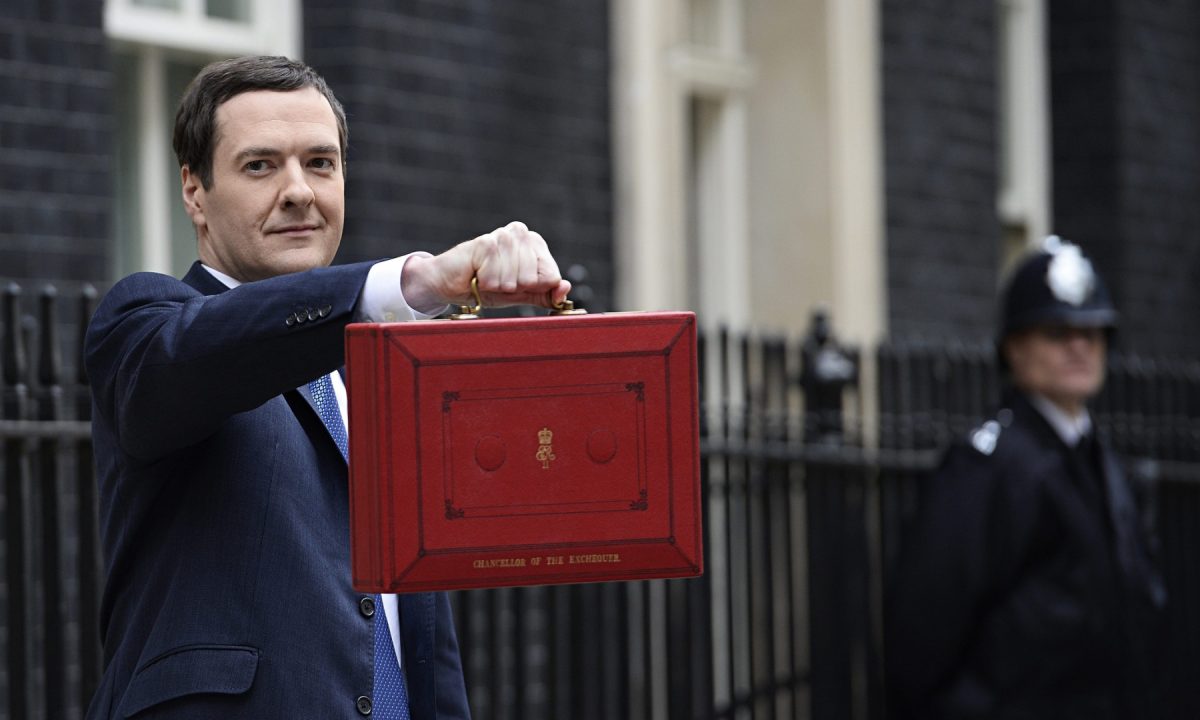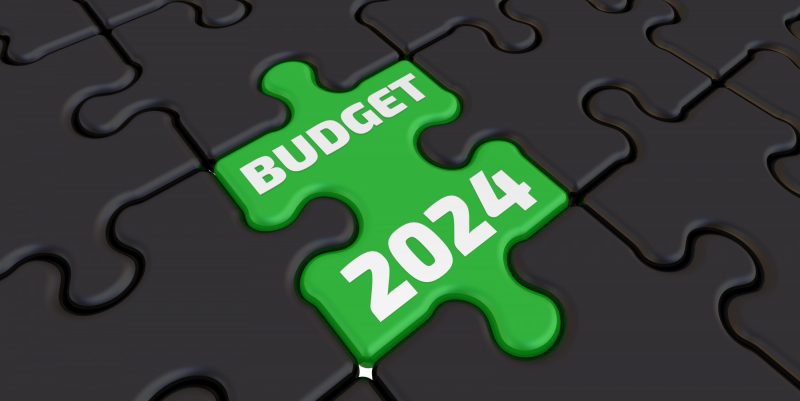
The Chancellor provided, in his words, a budget ‘for working people’ with the aim of achieving a higher wage, lower tax and lower welfare society. Our analysis is that increased complexity through this ‘tax and spend’ budget highlights the need for good advice, careful planning and diversification of assets.
Macro Picture
- 2m new jobs created since 2010 and hopes for 2m further new jobs by 2020.
- UK growth of 3% in 2014, 2.4% in 2015
- Budget deficit reducing from around 5% of GDP to 3.7% this year, 2.2% in 2017, 1.2% in 2018 and then a surplus of 0.4% and 0.5% in 2019 and 2020 respectively
- Annual borrowing reduced from £153bn in 2010 to £75bn last year, £69.5bn in 2016, £43bn in 2017, £24bn in 2018, £6bn in 2019 and then a surplus of £10bn in 2020 and £11bn in 2021.
New Fiscal Charter
The New Fiscal Charter will enshrine in law the retention of the same tax rates for Income Tax, National Insurance and VAT.
Non-Doms
From 6 April 2017, IHT to be paid on UK residential property; abolition of permanent non-dom status and from 6 April 2017 taxed on UK and worldwide assets if resident in the UK for 15 out of last 20 years.
Buy-to-let
Starting in April 2017, mortgage interest rate relief to be reduced down over four years to basic rate only. ‘Wear and tear’ allowance currently at 10% of rent will be replaced from April 2016 by ‘actual costs incurred’.
Rent-a-room
Allowance to be increased to £7,500 pa from April 2016.
IHT
IHT nil-rate band will remain at £325,000 until April 2021. An additional nil-rate band will be available when a residence is passed on death to direct descendants. It will be £100,000 in 2017/18, £125,000 in 2018/19, £150,000 in 2019/20 and £175,000 in 2020/21. It will then increase in line with CPI. The band will be transferable where any second spouse or civil partner of a couple dies after 5 April 2017, regardless of when the first of the couple died. The extra nil-rate band will also be available when an individual downsizes or ceases to own a home after 7 July 2015 and assets or an equivalent value, up to the additional nil-rate band, are passed on death to their direct descendants. This element will be the subject of a technical consultation. For estates with a net of more than £2m, the additional nil-rate band will be withdrawn at £1 for every £2 over this threshold. This relief is however, taken away for estates over £2m.
Pensions
- Taper of annual allowance for those earning between £150,000 and £210,000 from £40,000 to £10,000 from April 2016 (read more)
- Pension input periods will be aligned to tax years for all schemes from April 2016 (read more)
- Second hand annuity market delayed until 2017
- Pension Wise extended to those aged 50 and over
- Wider consultation on tax relief reforms in Green paper issued today (read more)
- Confirmation of change of Special Lump Sum Death Benefit Charge from 45% to the beneficiaries marginal rate where the lump sum is paid to an individual.
- Confirmation that the Special Lump Sum Death Benefit Charge will remain at 45% where the lump sum is paid somewhere other than to an individual, such as a trust (read more)
- Salary sacrifice is remaining under review
- Lifetime allowance reducing from £1.25m to £1m in April 2016 with transitional protection to be introduced.
Green Paper on Savings
The Green Paper on Saving was published today as discussion document with no pre-judgement on conclusions. Should Pensions be like ISAs? How do we move the country to savings and long-term investments as much more desirable than debt finance?
Corporation Tax
Corporation tax was set at 20% ; to be reduced in 2017 to 19% and in 2020 to 18%.
Dividends
The tax credit system is to be abolished. £5k income from dividends to be tax-free; tax thereafter at 7.5%, 32.5% or 38.1% for basic, higher and additional rate tax payers respectively. Dividends received in ISAs and pensions will continue to be tax free.
Welfare Cuts
Welfare cuts are set to achieve a saving of £12bn p.a. by 2019-20.
Personal tax allowance
Personal tax allowance is to be increased to £11,000 and higher rate tax threshold to be increased to £43,000 from 6 April 2016. It is hoped these will increase to £12,500 and £50,000 respectively by 2020.
Defence Budget
The defence budget is to be kept at 2% of national income.
National Living Wage
National living wage is to be introduced at £7.20 per hour rising to £9 by 2020 for those aged over 25 (current minimum wage is £6.50 per hour).
National Insurance
The employment allowance is to be increased to £3,000 from April 2016.
Insurance Premium Tax
Is set to increase from 6% to 9.5% from 1 November 2015.
Full details of the speech can be found here
I would urge you to take action to enhance your financial position through wise planning.
Please contact Cantab Asset Management to discuss your situation.
Risk warnings
This document has been prepared based on our understanding of current UK law and HM Revenue and Customs practice, both of which may be the subject of change in the future. The opinions expressed herein are those of Cantab Asset Management Ltd and should not be construed as investment advice. Cantab Asset Management Ltd is authorised and regulated by the Financial Conduct Authority. As with all equity-based and bond-based investments, the value and the income therefrom can fall as well as rise and you may not get back all the money that you invested. The value of overseas securities will be influenced by the exchange rate used to convert these to sterling. Investments in stocks and shares should therefore be viewed as a medium to long-term investment. Past performance is not a guide to the future. It is important to note that in selecting ESG investments, a screening out process has taken place which eliminates many investments potentially providing good financial returns. By reducing the universe of possible investments, the investment performance of ESG portfolios might be less than that potentially produced by selecting from the larger unscreened universe.


